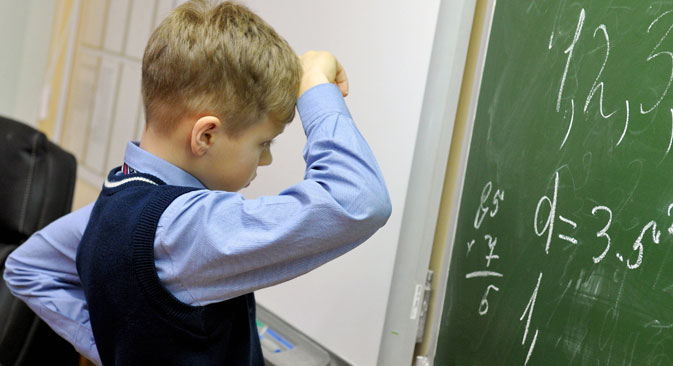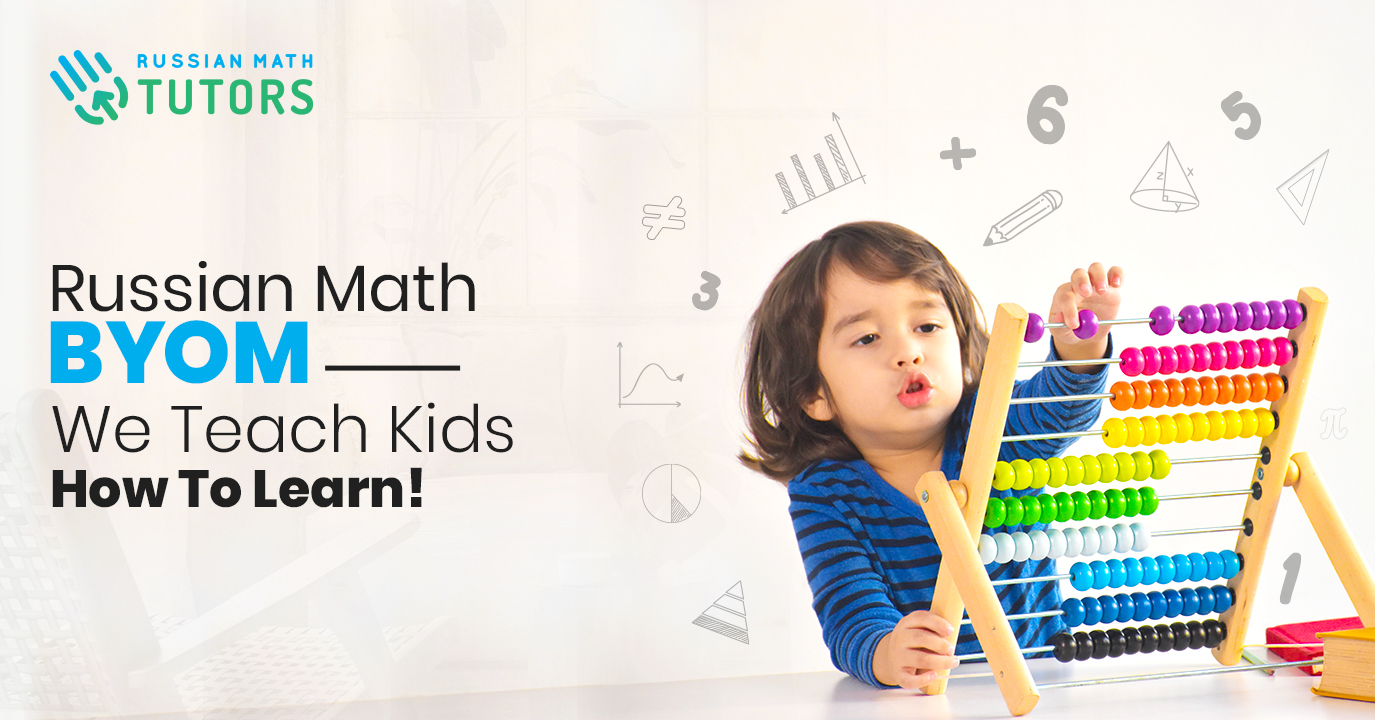Comprehending the Distinct Elements of Russian Math and How They Vary From Traditional Math Approaches
Russian mathematics education, with its unique focus on logical and problem-solving reasoning, supplies a compelling choice to typical methods that typically highlight rote memorization. By involving trainees in facility, multi-step issues and cultivating a collective discovering environment, Russian math nurtures cognitive flexibility and deeper understanding of mathematical principles.
Historical Background
The historical history of Russian math is deeply intertwined with the nation's academic and cultural developments. The roots of Russian mathematical prowess can be traced back to the 18th century, when Peter the Great's reforms targeted at updating Russia included the establishment of the Academy of Sciences in 1724. russian math. This organization played an essential role in promoting mathematical study and education and learning, attracting remarkable mathematicians such as Leonhard Euler
The 19th century saw additionally improvements, with Nikolai Lobachevsky's groundbreaking job in non-Euclidean geometry and Sofia Kovalevskaya's contributions to analysis and partial differential formulas. These achievements not just solidified Russia's reputation in the international mathematical neighborhood but also laid the structure for a durable academic structure.
In the 20th century, during the Soviet period, math education and learning was heavily stressed, with specialized institutions and extensive training programs developed to identify and support young talent - russian math. The facility of establishments like Moscow State University and the Steklov Institute of Mathematics cemented Russia's status as a mathematical giant. The heritage of these historic developments remains to affect modern Russian maths, identified by a strong practice of research and a dedication to high educational criteria
Focus on Problem-Solving
Structure on this rich historical structure, Russian mathematics puts a considerable focus on analytical, which continues to be a cornerstone of its academic approach. This strategy is intricately woven into the educational program, beginning with the very early phases of education and proceeding via advanced research studies. The emphasis is not just on getting to the appropriate solution yet on comprehending the underlying concepts and approaches that bring about the service.
Russian mathematics instructors employ a selection of complicated, multi-step problems that need pupils to use numerous principles concurrently. This rigorous technique fosters deep comprehension and enhances cognitive flexibility. Troubles are usually provided in a real-world context, motivating trainees to see the relevance and application of mathematical principles past the class.

Analytical Reasoning Growth
Lots of instructional systems worldwide recognize the value of analytical reasoning, yet Russian mathematics distinctly prioritizes its advancement from early education and learning forward. This technique is deeply ingrained in the educational program, stressing the ability to study problems, identify patterns, and recognize underlying principles instead than just memorizing procedures and solutions.
In Russian mathematics, students are motivated to check out numerous methods to address a single issue, cultivating a deeper understanding of mathematical ideas. This technique not only hones their cognitive abilities but likewise imparts see this a thorough method to analytical. Educators direct trainees via a process of inquiry, triggering them to ask "why" and "just how" at each step, which cultivates a routine of important thinking.
Additionally, the Russian system incorporates complicated, non-standard issues early, which requires higher-order thinking abilities. These problems call for trainees to apply their knowledge creatively and logically, linking the void between theoretical understanding and sensible application. As an outcome, pupils create a robust logical attitude that applies past maths, benefiting their overall academic and professional quests.
In significance, Russian maths education systematically nurtures logical thinking, preparing students to tackle complicated difficulties with a versatile, thoughtful method.
Collaborative Learning Approaches
Partnership plays a crucial role in Russian maths education, cultivating a culture of synergy and shared development among trainees. This strategy highlights team analytic, where pupils are urged to go over and dissect intricate issues collectively. Collaborative knowing in Russian math classrooms is not merely an adjunct to private research however a core component that deeply incorporates peer interactions right into the knowing procedure.

Furthermore, joint discovering in Russian mathematics education and learning supports a supportive environment where students learn to value the worth of varied viewpoints. With this approach, Russian mathematics education and learning cultivates both intellectual and social proficiencies, developing a well-rounded foundation for future scholastic and specialist endeavors.
Curriculum Structure and Web Content
The collective framework in Russian maths education and learning effortlessly incorporates into a durable curriculum structure made to promote comprehensive mathematical efficiency. The educational program is carefully crafted, highlighting deepness over breadth, he said guaranteeing trainees develop a profound understanding of mathematical concepts. This structured method starts at an early age, with a focus on fundamental concepts, slowly progressing to more complicated subjects in a logically meaningful series.
A distinctive function of the Russian math curriculum is its focus on analytical and critical reasoning. Students are motivated to strategy troubles from multiple angles, cultivating versatility in thought and durability in tackling difficult jobs. This approach cultivates not just computational skills yet also the capacity to apply mathematical thinking in diverse contexts.
In addition, the content is strategically layered, reviewing core concepts at boosting levels of intricacy. This recursive knowing model reinforces retention and proficiency, ensuring pupils construct a strong theoretical framework. The assimilation of academic and practical applications bridges the try this out space in between real-world situations and abstract maths, boosting the relevance and applicability of mathematical knowledge.
Conclusion
The distinct elements of Russian math education, including its concentrate on complex analytic, growth of analytical thinking, and collective discovering, established it aside from conventional mathematics approaches. By emphasizing understanding and application over memorizing memorization, this technique cultivates cognitive flexibility and durability. The curriculum's depth-oriented structure furnishes pupils with robust analytical abilities and team effort capacities, preparing them effectively for real-world difficulties. Subsequently, Russian mathematics education provides a profound and extensive mathematical structure.
By engaging students in complex, multi-step issues and cultivating a collective knowing environment, Russian mathematics nurtures cognitive adaptability and much deeper understanding of mathematical concepts.Russian math teachers utilize a variety of complex, multi-step troubles that require trainees to use numerous principles all at once.In Russian math, students are motivated to discover multiple techniques to fix a solitary trouble, fostering a deeper understanding of mathematical ideas.Cooperation plays a critical duty in Russian mathematics education and learning, cultivating a culture of team effort and mutual development among students.Furthermore, joint knowing in Russian math education and learning nurtures a supportive atmosphere where trainees learn to value the worth of diverse point of views.